#Rover
Rare Rides Icons: The History of Kia's Larger and Full-size Sedans (Part IX)
It’s time once again for more Kia large sedan goodness. Like last time, we pick up in the early 2010s. Kia’s second full-size sedan developed under Hyundai’s controllership was the K7, or Cadenza in all markets outside South Korea. Pitched as a value-priced premium front-drive car, it competed against the likes of the Toyota Avalon and Nissan Maxima, but lacked any defined comfort or sporty characteristics. Cadenza also had a bland corporate design courtesy of the company’s new Euro-like styling mission, and former VW designer Peter Schreyer.
Shortly after the Cadenza went on sale, Kia turned its sights toward an even larger sedan: A new rear-drive one to occupy the luxury space, a class above the Cadenza. It was the largest car Kia offered in nearly two decades, the first rear-drive Kia since the (Mazda Sentia) Kia Enterprise of 2002, and the first rear-drive sedan Kia ever sold in the North American market. It’s time for K9.
Rare Rides Icons: The History of Kia's Larger and Full-size Sedans (Part VIII)
We return to Kia’s large sedan history today, at a point shortly after the launch of the K7. Kia’s full-size front-drive for the 2010s, the K7 was called Cadenza in all export markets, and was a successor to the unfortunately styled Opirus (Amanti in North America). Kia hired Peter Schreyer from his longtime employment at Volkswagen Group in order to usher in a new stylistic era at Kia.
Though it went on sale for the 2010 model year, Kia wasn’t quite ready to send the Cadenza to the North American market. With the market’s general rejection of the Amanti in mind, Kia called on Schreyer to refresh the Cadenza and lux it up before its North American launch.
Rare Rides Icons: The History of Kia's Larger and Full-size Sedans (Part VII)
We return to Kia’s midsize-or-larger sedan history today in the latter portion of the 2000s. In our last entry, we learned about the Optima, which arrived as Kia’s first midsize developed under Hyundai’s majority ownership. Sensibly the Optima was a light rework of Hyundai’s Sonata, and the two shared almost everything (including very poor crash safety ratings).
On the more executive full-size side of the lineup, Kia’s Opirus was the first large car developed under Hyundai ownership. It shared a platform with the Grandeur (XG350 to you). While the Opirus saw okay sales in most markets, it failed in North America where it was sold as the Amanti. Very few North Americans wanted a $39,600 (adjusted) Kia, no matter how many luxury styling touches it borrowed from other brands. And so the Amanti was canceled after 2009 locally (2012 elsewhere). By that time its replacement was already on sale. Meet K7.
Rare Rides Icons: The History of Kia's Larger and Full-size Sedans (Part VI)
We return to the story of Kia’s midsize and larger sedans today, around the point when Kia found itself under the watchful eye of Hyundai. The larger South Korean company purchased a controlling stake in its competition in 1998, which meant big changes to Kia’s product almost immediately after.
The union led to the first full-size luxury sedan Kia developed from the ground up, the Opirus (Amanti to you). It turned out the Amanti was the derivative and rather ugly sedan few in North America desired, though it fared a bit better elsewhere. But by the time the Amanti arrived, Kia was already selling a new midsize that North Americans did want. Let’s talk Optima.
Rare Rides Icons: The History of Kia's Larger and Full-size Sedans (Part V)
In our last installment of Kia’s larger sedan history, we covered the midsize Credos. The Credos was an important first for Kia, as the first midsize the company produced where it had a bit of leeway with the design. Ultimately, the Credos hid its Mazda 626 bones decently well and did a good impersonation of a late Nineties Ford Contour after a refresh.
But just as Kia settled into Mazda platforms and designing their own sedans, the goalposts were moved courtesy of the 1997 Asian financial crisis. Kia was left without much money, and few options. We pick up there.
Rare Rides Icons: The History of Kia's Larger and Full-size Sedans (Part IV)
We return to our coverage of Kia sedans today and discuss a midsize from just prior to the flagship Enterprise we discussed last time. Kia offered the first midsize car to bear its branding in 1987 when it introduced the new Concord. Concord was essentially a broughamed, front-rear clip swap take on the GC platform Mazda 626. Mazda discontinued the GC 626 that year and immediately sold the platform and tooling to Kia. A couple of years later, the Concord spawned a lesser sibling called the Capital. Capital looked very similar to the Concord but sold to a more economically-minded customer with its much lower level of equipment and low-powered engines.
When the Capital finished up its run in 1997, it was replaced by a compact car Kia had on sale for a few years already: The Sephia. Sephia wouldn’t do for Concord-level customers though, and upon the sedan’s discontinuation in 1995 they were directed to an all-new Kia. The company was ready with its new midsize to bookend the Concord, and it went on sale the same year. Though the new car was again on a donated platform, it was the first time Kia had some leeway to design a midsize of their own. It’s time to discuss Credos.
Rare Rides: The 1986 Rover SD1 Vanden Plas, Style, Luxury, and Utmost Quality
We’ve featured exactly two Rover vehicles in this series so far, which were the predecessor and successor of today’s SD1. Like the P6 before it and the 800 series after, the SD1 was the flagship executive car in Rover’s lineup.
Rare Rides: The 1994 MG RV8 – Small Roadster, Big Engine
Today’s Rare Ride combines a traditional roadster design from the Sixties with updates from the Nineties, and uses an engine from somewhere in between.
Let’s learn more about a hodgepodge which is the very limited production MG RV8.
Rare Rides: The Obscure 1984 Frazer Tickford Metro, Aston Martin's Hatchback
Ever wonder what would happen if a division of Aston Martin decided to create a luxury sports hatchback for a select few wealthy customers? Wonder no more — it’s Tickford Metro time.
Rare Rides: A Prototype Rover P6 From 1966
The P6 was an important leap forward in style and modernity for the small and independent Rover Motors. And today’s Rare Ride subject is particularly important because of its prototype status. It’s an early example of the most powerful P6 which became Rover’s flagship.
Rare Rides: A Vanden Plas Princess 4 Litre R - Overwhelming Britishness From 1966
Vanden Plas. It rolls off the tongue the same way as other luxury words, like Ferrero Rocher. And right now you’re thinking of chocolate, a Jaguar, and walnut tray tables.
But today’s Rare Ride has only one of those characteristics. Presenting the 1966 Vanden Plas Princess 4 Litre R.
Rare Rides: The Very Yellow 1988 TVR 350i
Somehow, Rare Rides has never covered a single TVR in the past. It was just a matter of time before one of their premium motor canoes sporty, all-British roadsters graced these pages. This one happens to be a very rare and very boxy 350i from 1988.
Buy/Drive/Burn: Very Expensive Luxury SUVs From 1990
Our last couple of Buy/Drive/Burn posts covered two different flavors of compact Japanese SUVs from the 1990s. Today we branch out and review larger, luxury-oriented SUVs hailing from places other than Japan.
Twelve miles per gallon? That’s plenty.
Rare Rides: The 1985 MG Metro 6R4, a BL Rally Car Experiment
Ever wanted a rally car from 1985 which is brand new and pieced together from an old hatchback? Well now’s your chance. Let’s take a look at the MG Metro 6R4.
Rare Rides: Discovering the Honda Crossroad of 1993
Throughout the 1980s, and into the middle of the nineties, Honda reassured themselves that the sports utility vehicle craze was just a fad. The company spent years refusing to develop their own SUVs of any caliber, and instead turned to other companies (eventually) to fill gaps in the model lineup.
Honda did rebadging work to various extents, and then sold the borrowed SUVs around the world. Today’s Rare Ride is one such offering, though it’s more obscure then all of its stablemates down at Honda Rebadge Corral. Let’s check out a Honda Crossroad, from 1993.




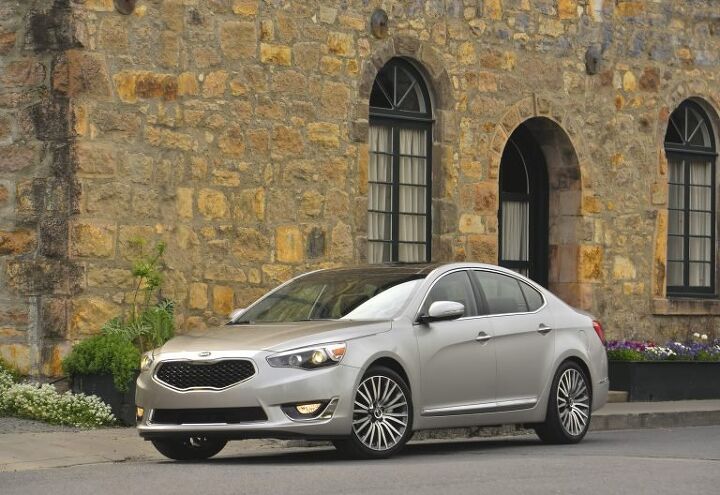







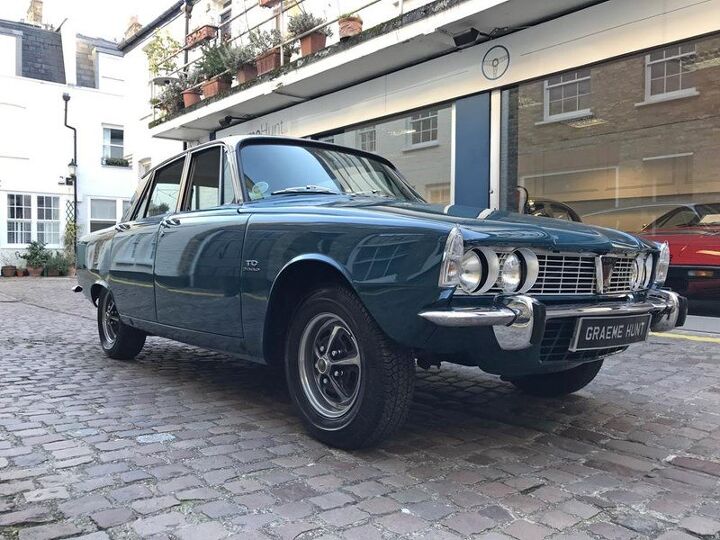

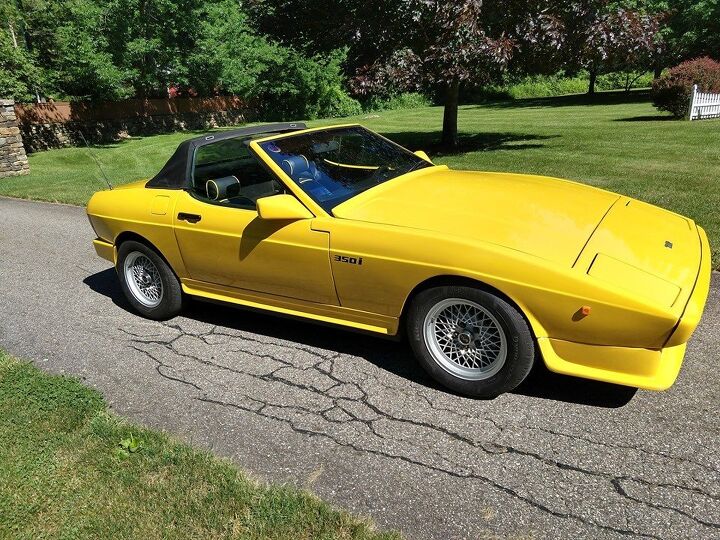
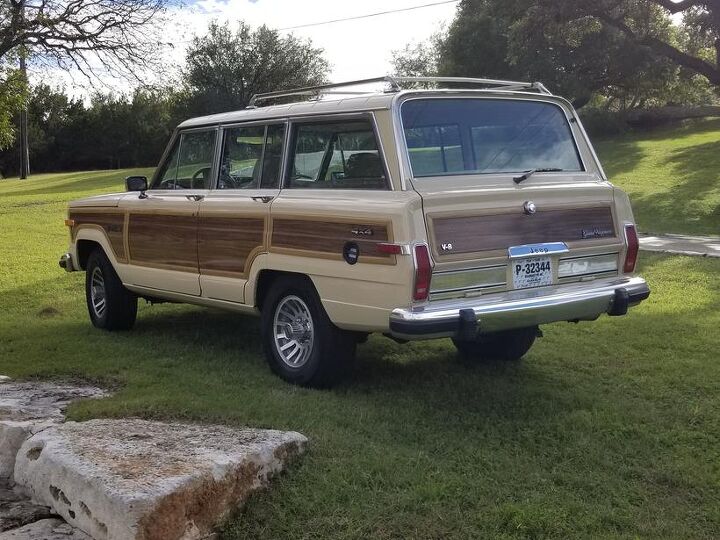
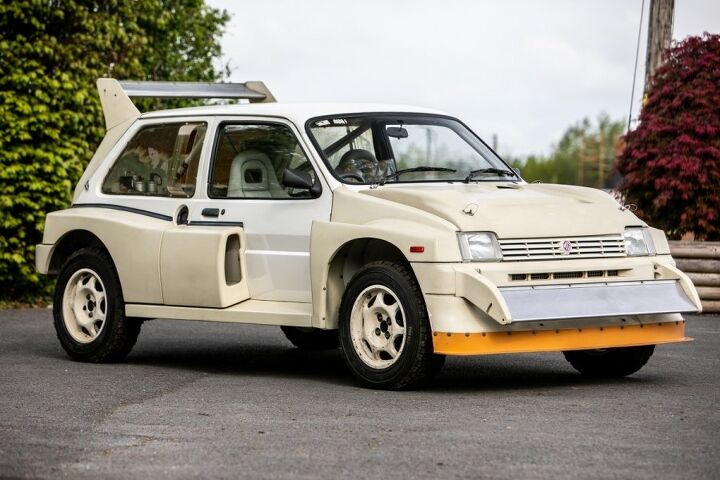
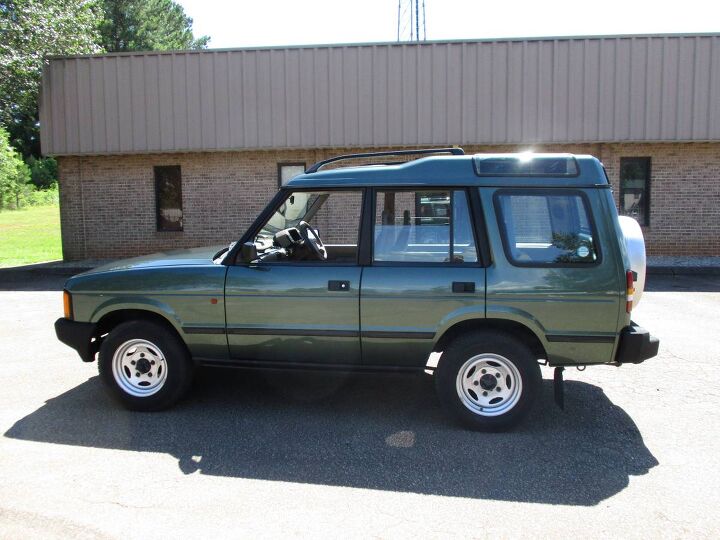












Recent Comments